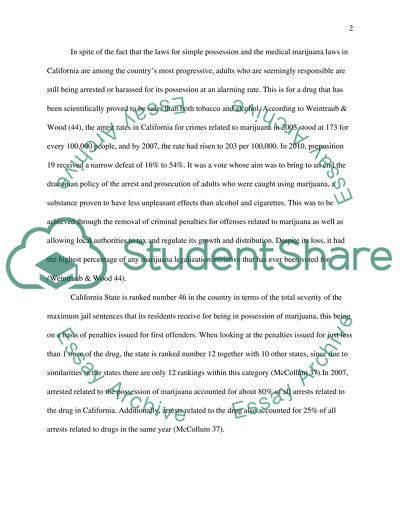Cite this document
(“The Marijuana Policy in California Essay Example | Topics and Well Written Essays - 2000 words”, n.d.)
Retrieved from https://studentshare.org/law/1455990-integrative-policy-paper
Retrieved from https://studentshare.org/law/1455990-integrative-policy-paper
(The Marijuana Policy in California Essay Example | Topics and Well Written Essays - 2000 Words)
https://studentshare.org/law/1455990-integrative-policy-paper.
https://studentshare.org/law/1455990-integrative-policy-paper.
“The Marijuana Policy in California Essay Example | Topics and Well Written Essays - 2000 Words”, n.d. https://studentshare.org/law/1455990-integrative-policy-paper.


